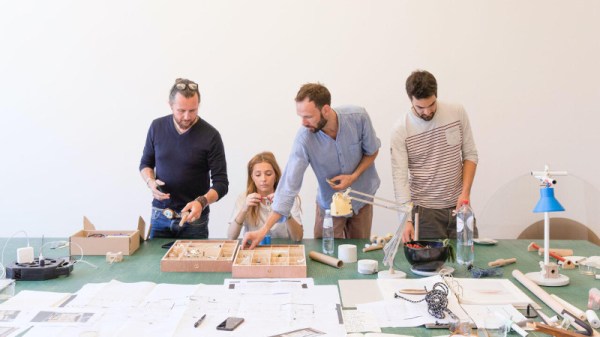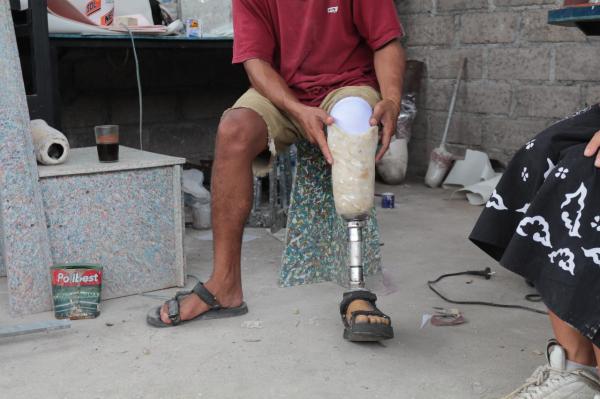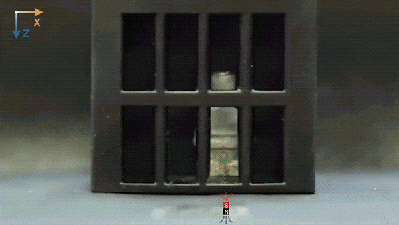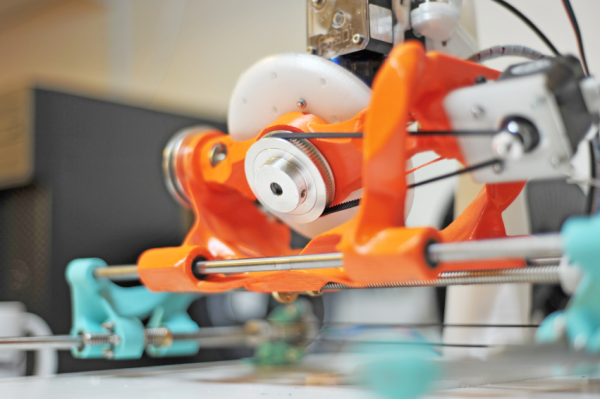Modular construction toys like LEGO and Meccano are great for prototyping, but they aren’t so great for large builds. OpenStructures promises to be a modular building system for projects large and small.

Originally conceived in 2007 by [Thomas Lommée], OpenStructures is a modern, more robust reinterpretation of Grid Beam, which was itself a reinterpretation of the earlier Living Structures. By using a common standard (PDF), parts can be reused project after project as they would with LEGO, meaning you can spend more time building and less time cutting or figuring out joints. OpenStructures parts need connection points, part diameters, or part dimensions at multiples of 20 mm to be compatible. To fulfill the spirit of the project, parts should be designed for disassembly, use recyclable materials when possible, and be Open Source.
The system seems like a great starting point for prototyping furniture or other large builds more quickly than building everything on a case-by-case basis. By including diameters for round objects as well as square and rectangular profiles, OpenStructures is a more flexible (and aesthetically pleasing?) option than Grid Beam.
A couple more options for furniture-scale modular construction are these big LEGO bricks or copper pipe.
(via Low Tech Magazine)


















